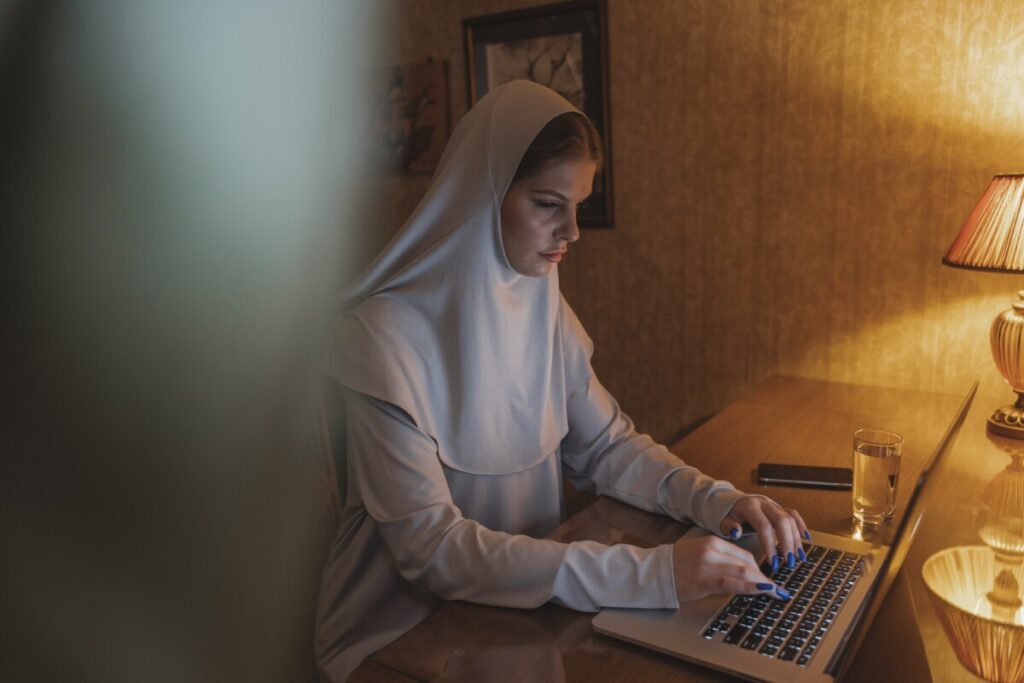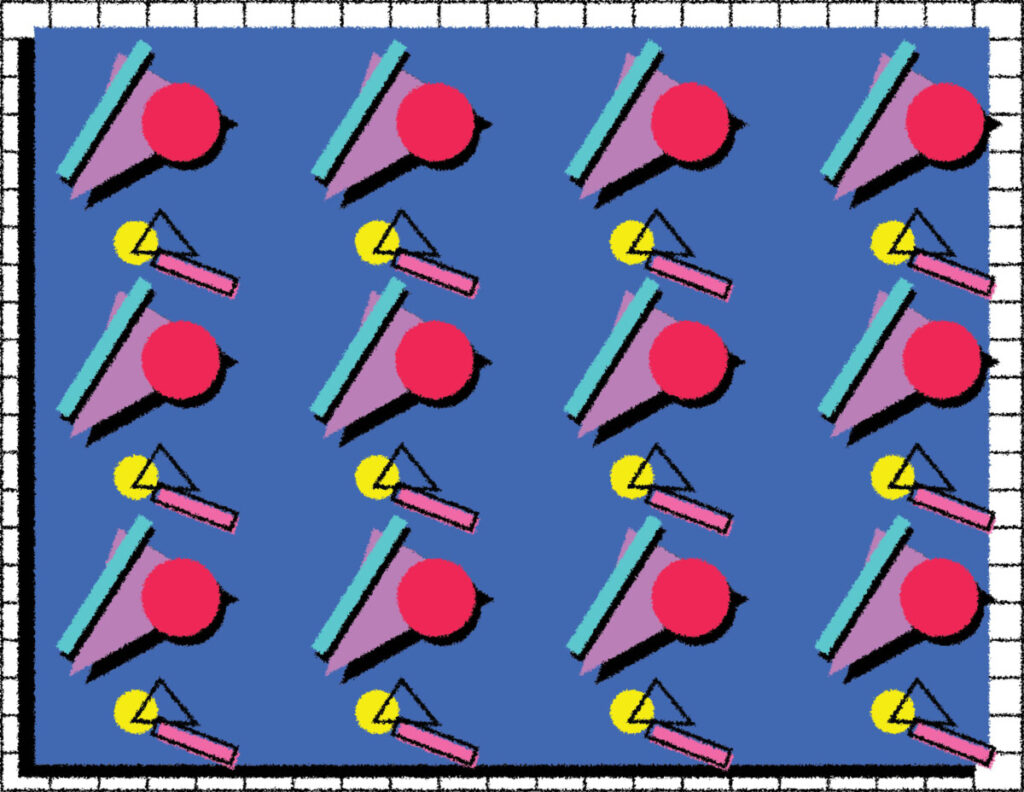Milton Glaser: For the Love of Design

A brief look into Milton Glaser and the impact he left on the world of design.
One of the most prolific designers of the 20th century, Milton Glaser left a huge impact on the world of design. Throughout his career, he amassed a huge body of design work, with some designs such as the DC Comics and I Love New York logo going on to become some of the most recognizable icons and symbols ever made. Unfortunately, the world of graphic design ended up losing a legend when Milton Glaser passed away on June 26 of this year. His life and his huge body of work served as an inspiration for many aspiring designers; designers like me. As someone who is looking to become a graphic designer once I graduate college, there’s a thing or two I could learn by observing his life, career and portfolio. And that’s what I want this paper to explore. In this essay, we’ll be looking through Milton Glaser’s life, the body of work he produced and the impact it had on the world of graphic design. Through this essay, I hope to bring you an understanding of why Glaser’s life serves as such an inspiration to me and many other young designers.
Born on June 26, 1929 in The Bronx, Glaser pursued his dream of design even during his days in high school where he graduated from Manhattan’s High School of Art and Music (now known as LaGuardia High School). After graduating from the Cooper Union School of Art, Milton Glaser with the Fulbright Scholarship, continued his studies at the Academy of Fine Art in Bologna, Italy where he studied under painter Giorgio Morandi. In 1954, alongside Reynold Ruffins, Seymour Chwast, and Edward Sorel, Glaser helped to co-found what would become Push Pin Studios. The main objective of this studio was to re-explore, reproduce and remake old art movements such as woodcut engravings and Art Nouveau for a new era. Throughout the 60s and 70s, Glaser and his team would hold a huge influence over the graphic design world with their magnum opus being the exhibition they hosted at the Louvres Museum of Decorative Arts in Paris titled “The Push Pin Style”. Throughout the 60s and 70s, Glaser would become very well known for his illustrated posters and album covers which would blend his love for Renaissance art, Italian design and American comic books. Two of his most important designs for this era were his poster for Dylan and his I Love New York poster which was used to promote tourism in New York State and which would become one of his most recognizable designs.

“I Love New York” logo; one of Glaser’s most well known designs.
Along with creating these recognizable designs, Glaser also started working as art director and publication designer for the newly created New York Magazine. Along with this, he teamed up with Walter Bernard in forming WBMG, a New York based publication design firm. Shortly after working with Bernard, Glaser established his own firm known as Milton Glaser Inc., a firm dedicated to designing and producing logos, brochures, and assisting in company branding and identity. Throughout the 80s, Glaser’s work was showcased to an audience in Italy which guaranteed him international recognition. He became an icon in the design world and he had published many books and movies that detailed his life and success. Alongside all of his design achievements, Glaser had been a board member and instructor at the School of Visual Arts from 1960 all the way up to 2002. In 2004, he received the 2004 National Design Award for Lifetime Achievement and in 2008, President Barack Obama gifted him the National Medal of Arts, seemingly solidifying his status as a design legend. In the years before his death, Glaser kept providing his amazing design work, even having a hand at creating the poster for the final season of AMC’s Mad Men. On June 26, 2020, Milton Glaser passed away in Manhattan at 91 years old. His death left a hole in the hearts of many aspiring designers and those who appreciated his works.

Milton Glaser’s poster for the 1980 Saratoga Festival.
As someone who is looking to become a graphic designer after graduation, I was floored after reading about the successes of Milton Glaser. His broad and diverse portfolio paired with the immense amount of achievements throughout his career truly inspired me as a design student. Reading about his own career and life achievements has me thinking about my own path as a designer. As a high school student and college student, both Milton Glaser and I pursued artistic majors that dealt heavily with design. However, whilst Glaser has already lived a full and fruitful life, I am currently still in college and pursuing my degree in Communication Design. I don’t have decades of design experience like Glaser did and I still have much to learn about the harsh world of design. However, I believe that even though I don’t have as much life experience as Glaser had, I can still observe what he accomplished and use that as inspiration while on my path as a designer. By observing events in his life like his confounding of Push Pin Studios with his college friends and his artistic studies in Italy, I can conclude that networking with other artists and having artistic experiences in foreign countries were what helped him to develop his unique style that he would eventually become famous for. Alongside his early life achievements, Glaser’s other accomplishments are also of high interest to me. Over his career, he had helped to co-found many studios and held design exhibitions in various foreign countries. His designs and work have clear influences yet still manage to be unique and easily recognizable. Designs such as his “I Love New York” and his various different poster designs from the 60s and 70s have become iconic and highlights in his design portfolio. As a designer, I want to make sure that all of my designs have a memorable quality to it in the same way that Glaser’s work did. Milton also had various experience in curating exhibitions of his work across the world in places like Italy. Even in the years before his death, Glaser was still making memorable and impactful designs such as the poster he created for the final season of AMC’s Mad Men. He had even become recognized by the President of the U.S. and received a medal for his outstanding artistic achievements throughout his life. Looking at his life accomplishments, I find hope and inspiration. I find that the key to becoming a great designer is to always be searching for that next opportunity and to always push the envelope with each new work you make. As a designer, I always want to push myself with each design I make and I hope that each design I make ends up being quality.

Milton Glaser’s iconic poster for the movie “Dylan” (1960).
After Milton Glaser’s death on June 26th, many new outlets and designers gathered together to pay tribute to the late designer. Many in the design world came out to pay their respects, stating how he was always enthusiastic and compassionate toward other designers. Reading through the various tributes that other designers had given him throughout his death makes me really respect the things Glaser did as a designer. As someone who is just starting to dip their toes into this new and scary world of design, looking to Glaser fills me with hope and determination. By emulating the practices of Milton Glaser and seeing what he did throughout his life, I believe that I too can create designs that stick around long after I’m gone.









